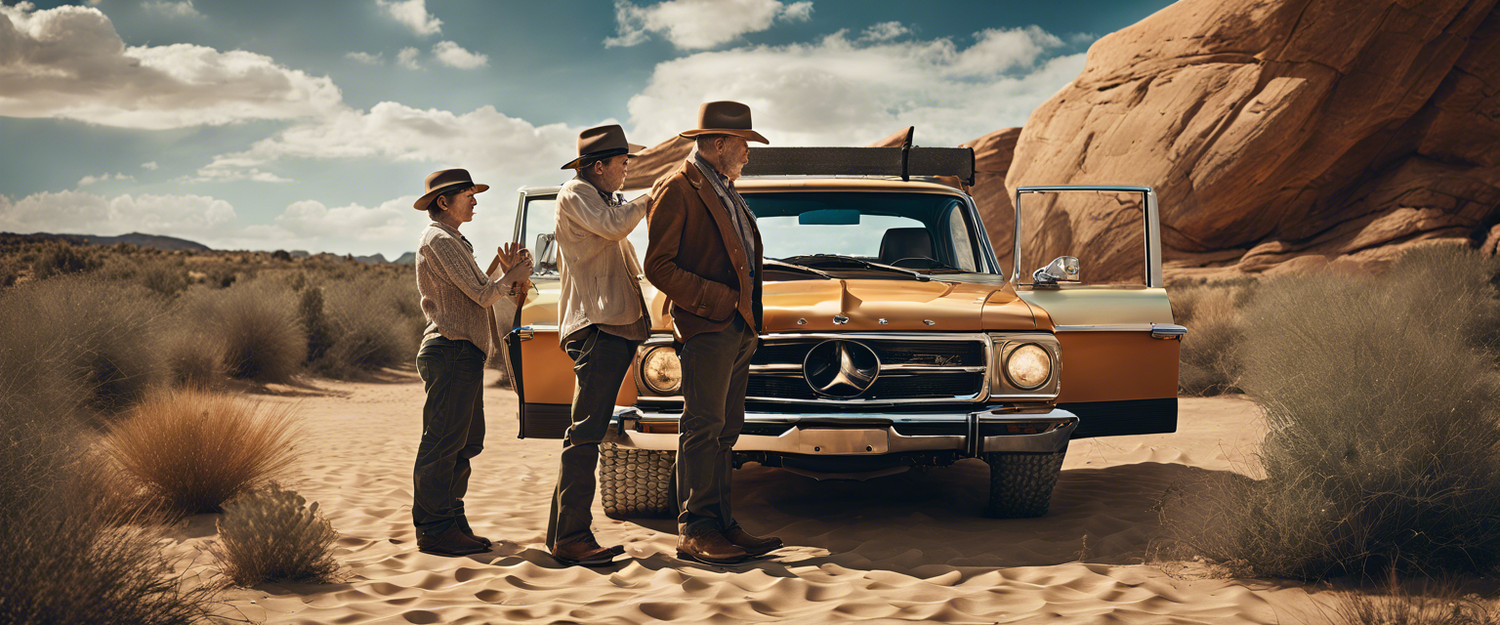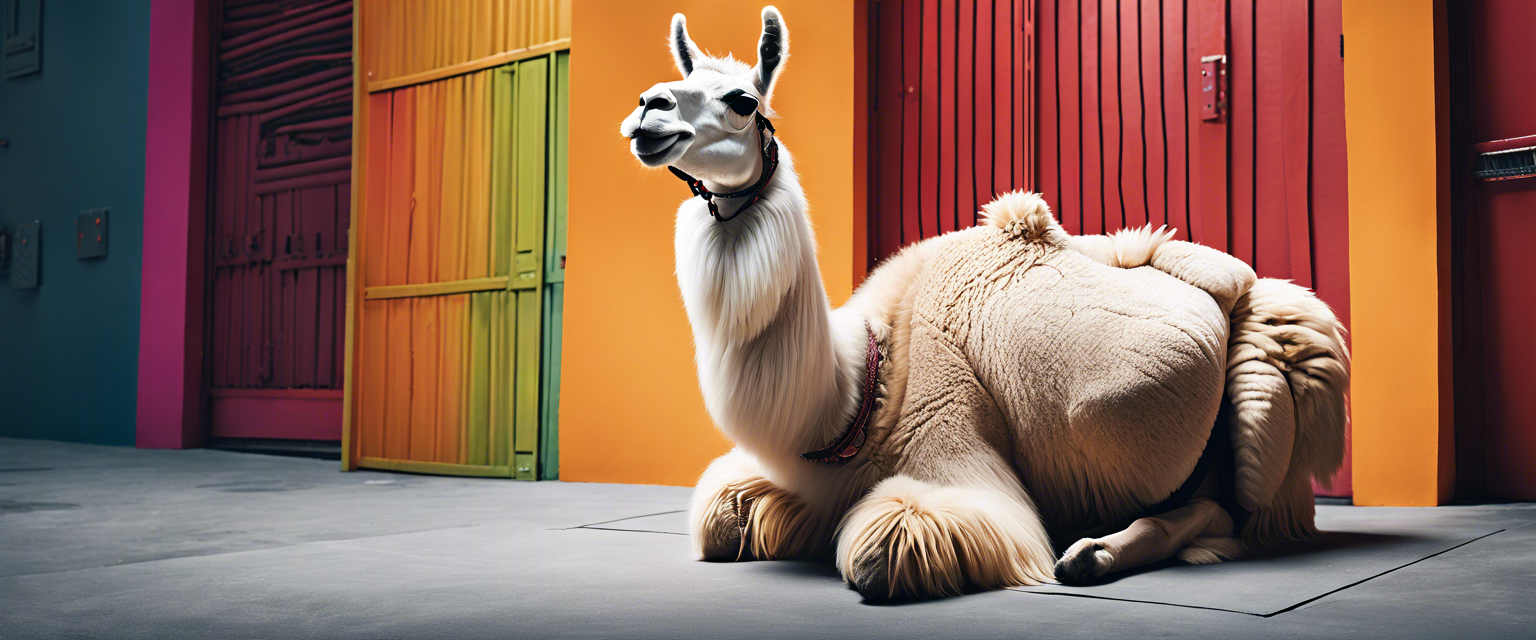Introduction to Stable Diffusion
Stable Diffusion is an innovative text-to-image latent diffusion model developed by researchers and engineers from CompVis, Stability AI, and LAION. Trained primarily on 512x512 pixel images taken from a subset of the LAION-5B database, it marks a significant leap in generative AI technology.
What are Lambda Diffusers?
This version of Stable Diffusion has been fine-tuned from the original CompVis/stable-diffusion-v1-3 to accept CLIP image embeddings instead of traditional text embeddings. This modification enables the creation of "image variations" similarly to what DALLE-2 accomplishes, providing a more versatile approach to image synthesis.
The enhanced capabilities, including this weighting, have been successfully ported to Hugging Face's Diffusers library. To utilize this functionality, users need to access the Lambda Diffusers repository.
How to Use Stable Diffusion Image Variations with Lambda Diffusers
In this tutorial, we will explore how to utilize Stable Diffusion Image Variations by implementing the Lambda Diffusers. We will leverage the powerful tools of Google Colab and Google Drive to streamline the process.
Preparing Dependencies
To start off, we need to download the necessary files and install the required libraries. Let's break this down into simple steps:
Step 1: Downloading Required Files
Begin by downloading the models and related files that are essential for running the diffusion model.
Step 2: Install the Required Libraries
- Open Google Colab.
- Use the following commands to install the required packages:
!pip install torch torchvision # Example of required libsStep 3: Import the Required Libraries
Once the libraries are installed, it's time to import them into your Colab environment.
import torch
from diffusers import StableDiffusionPipelineImage to Image Process
Next, let’s outline the key steps needed for creating image variations:
Step 4: Load the Pipeline
This is where we will load the Stable Diffusion image generation model.
pipe = StableDiffusionPipeline.from_pretrained("CompVis/stable-diffusion-v1-3")Step 5: Download the Initial Image
Choose an image from your environment or any online source that you wish to modify using the model.
Step 6: Generate the Images
Now, let’s move forward to generate variations of the initial image:
image = pipe(image)[0]Step 7: Run the Model
Once again, run the model on your image to create variations.
Step 8: Save the Output Images
Make sure to save your generated images for future use.
image.save("generated_image.jpeg")Step 9: Display the Generated Images
After the variations are created, you can display them using the following code:
from PIL import Image
import matplotlib.pyplot as plt
img_opened = Image.open("generated_image.jpeg")
plt.imshow(img_opened)Conclusion
As demonstrated in this guide, Stable Diffusion's image variation capabilities using Lambda Diffusers open up exciting opportunities for creativity and innovation. A big thank you goes to Hassen Shair for assisting with this tutorial! Start experimenting with image variations today and explore the creative potential of Stable Diffusion.
Open in Colab
Click on the link below to open this tutorial directly in Google Colab:



发表评论
所有评论在发布前都会经过审核。
此站点受 hCaptcha 保护,并且 hCaptcha 隐私政策和服务条款适用。